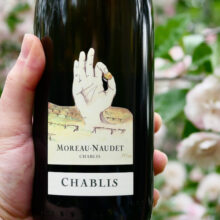
Product information
Moreau-Naudet Chablis 2023
$115
Description
Moreau’s village Chablis is drawn chiefly from 20- to 30-year-old vineyards in Préhy and Courgis, both south of Chablis. Then, there are parcels in Chablis and Chichée (under the Premier Cru vines of Vaugiraut/Vosgros). All up, the domaine works with 30 parcels scattered across the appellation, representing a variety of soil structures and exposures. All the fruit from the younger vines is sold off in bulk, lifting the general standard.
The fruit is pressed gently over four hours and ferments with natural yeasts (still a rarity in Chablis). It is raised mainly in the tank, and the maturation is unhurried. The wine then spends 20 months on lees, considerably longer than most Chablis of this level. These traditional methods—along with hand-harvesting, the quality of the terroir, the low yields and the ripeness—help explain the mouthcoating texture, salty depths and overall quality.
Tasted next to the Petit Chablis, there are more lifted aromatics of ripe nectarine and citrus blossom, leading to a mouthwatering palate of tugging mid-palate texture, pristine orchard and kernel fruit, and a kick of saltiness. There’s even a touch of ripe grapefruit and clementine. The rocky close lingers with a mineral vibration you don’t want to end.
Moreau-Naudet’s 2023 Chablis Village opens in the glass to reveal aromas of grapefruit zest, acacia and flint. On the palate, it’s medium-bodied, tangy and textural, concluding with a precise, delicately sapid finish. Similarly to the Petit Chablis, it’s vinified entirely in tank.
William Kelley, The Wine Advocate 88-90 Points
In stock
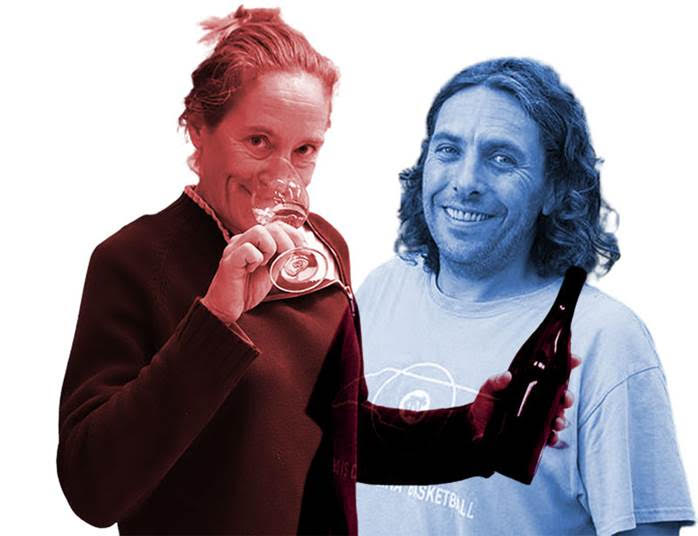
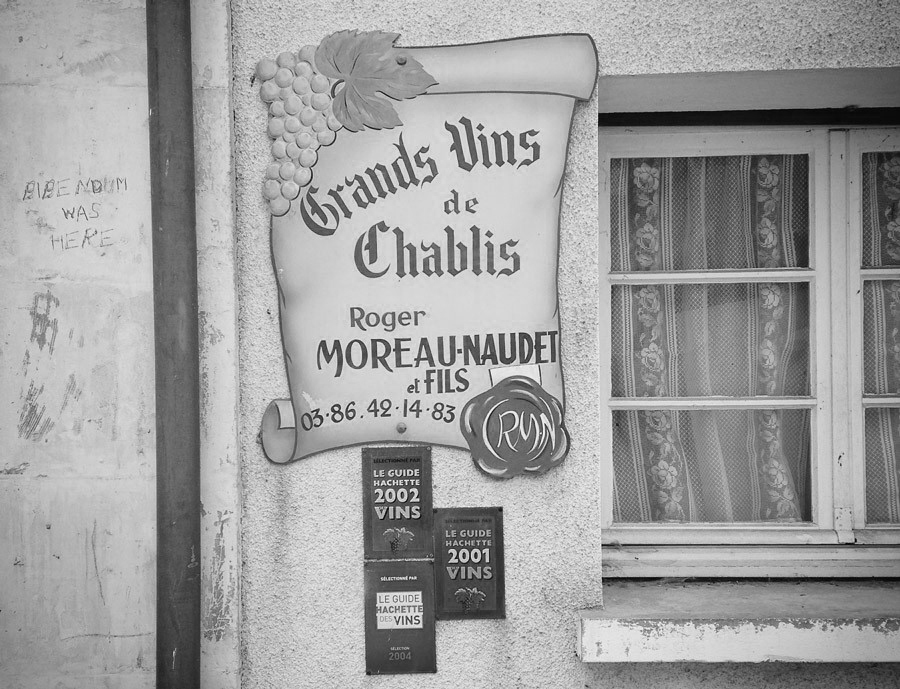


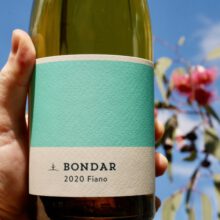
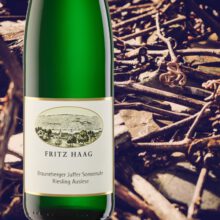
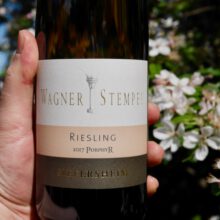
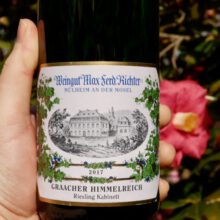
You must be logged in to post a comment.